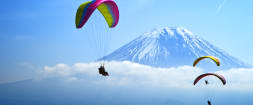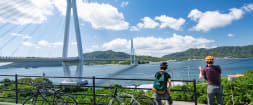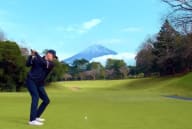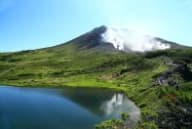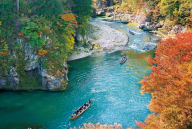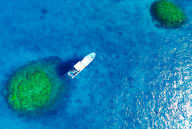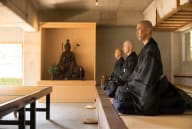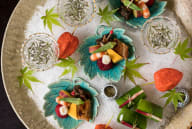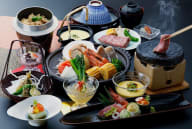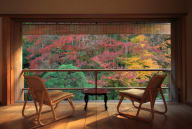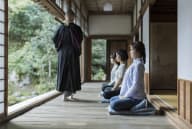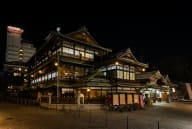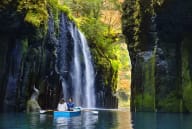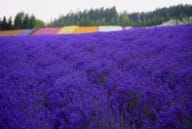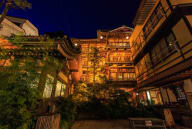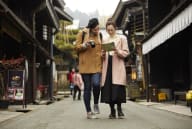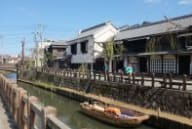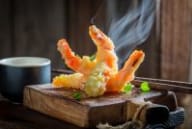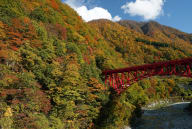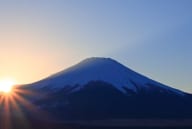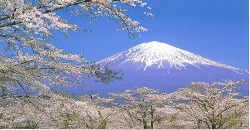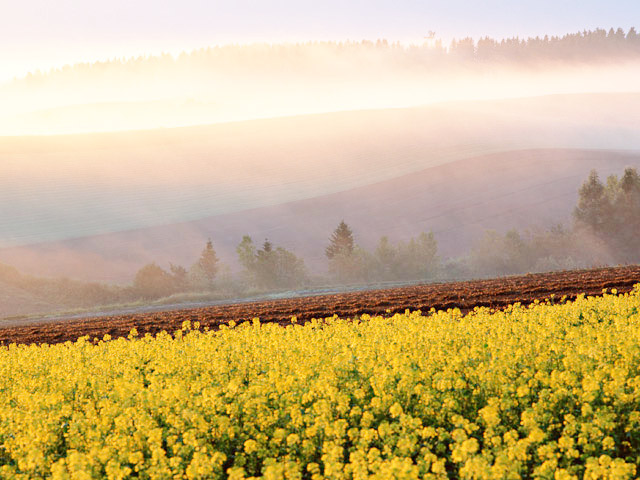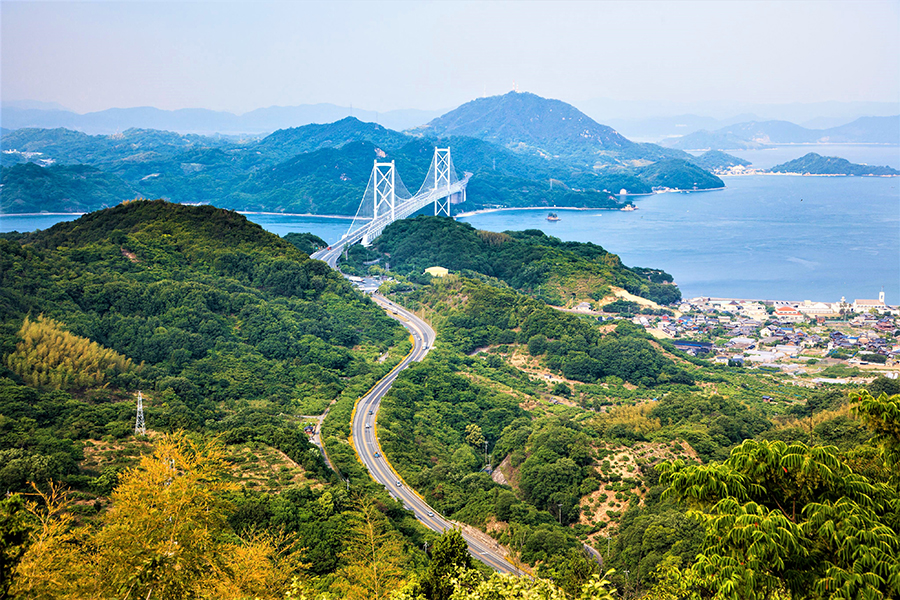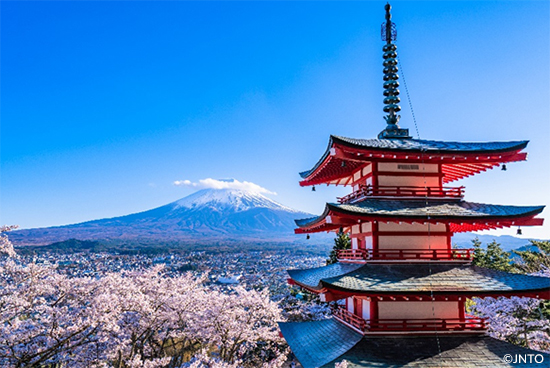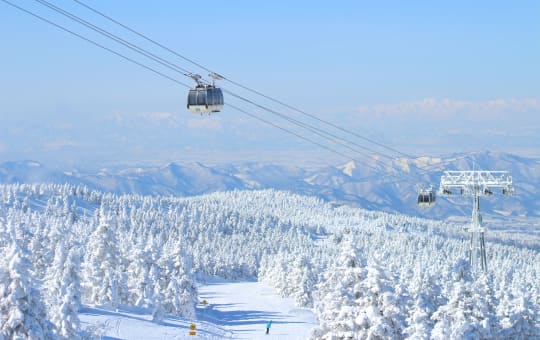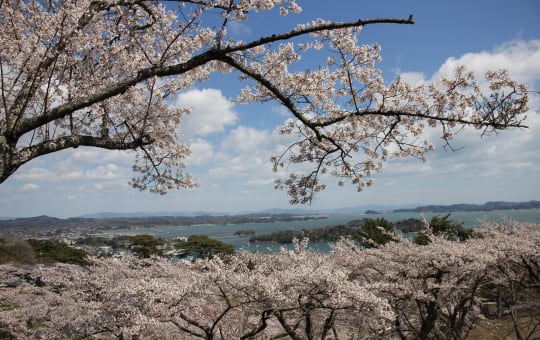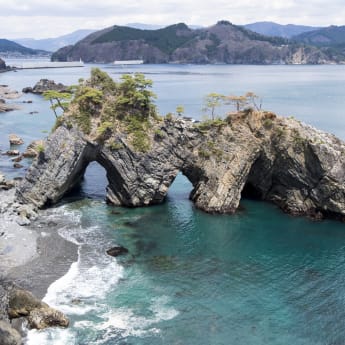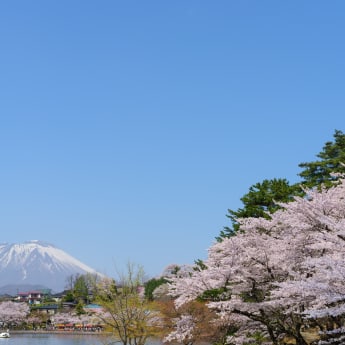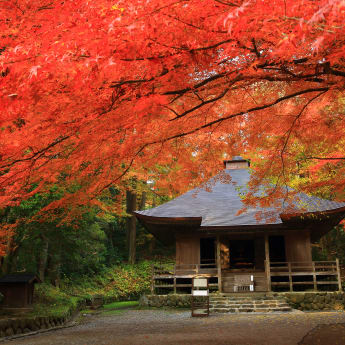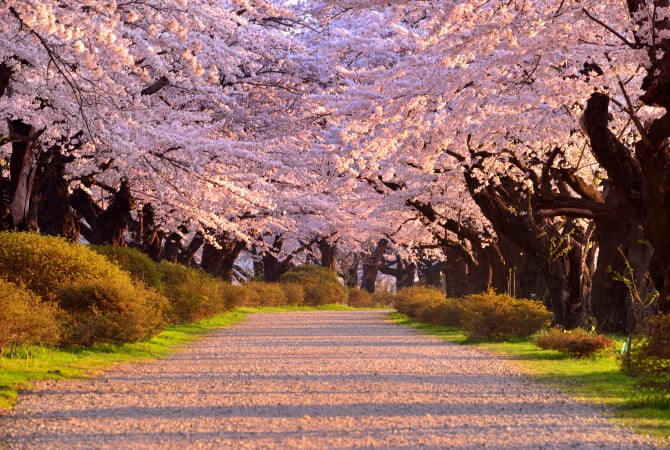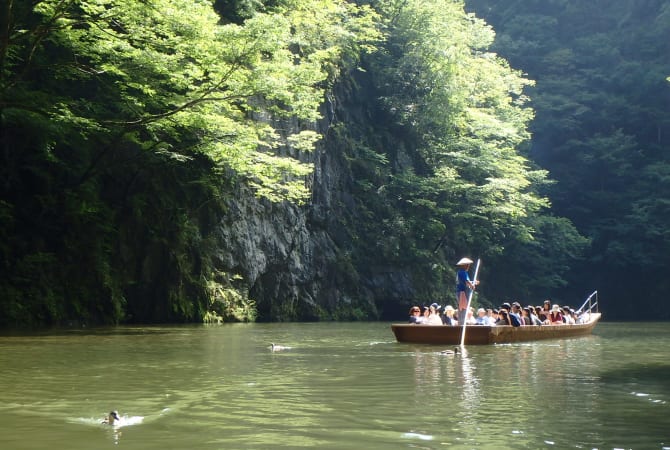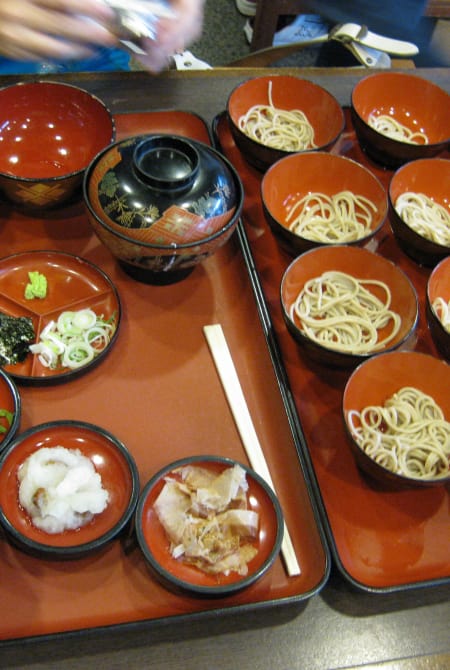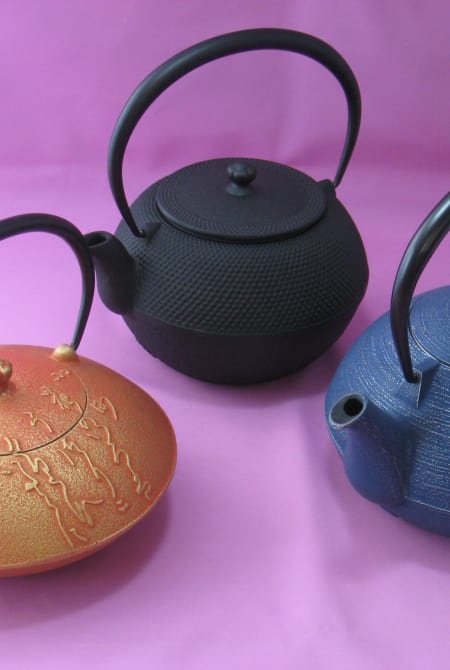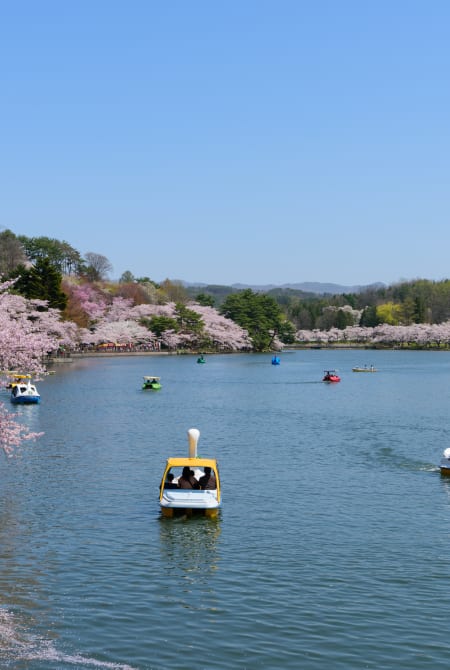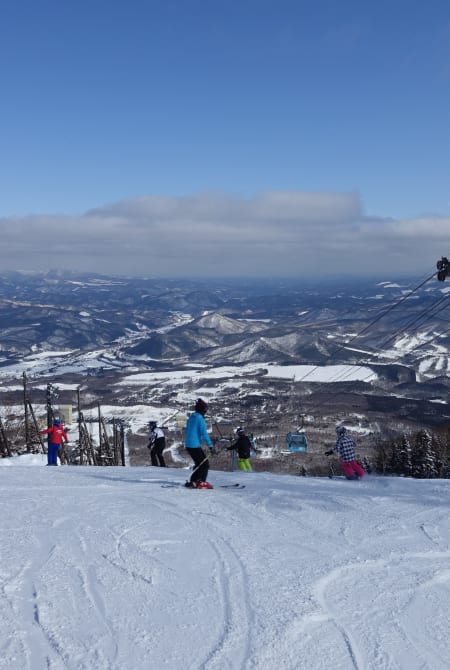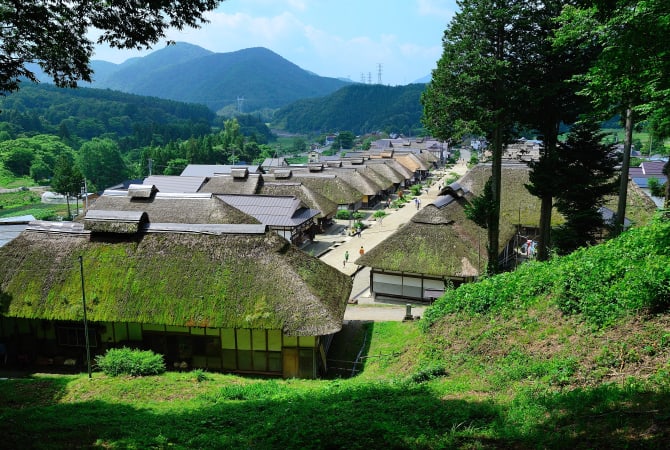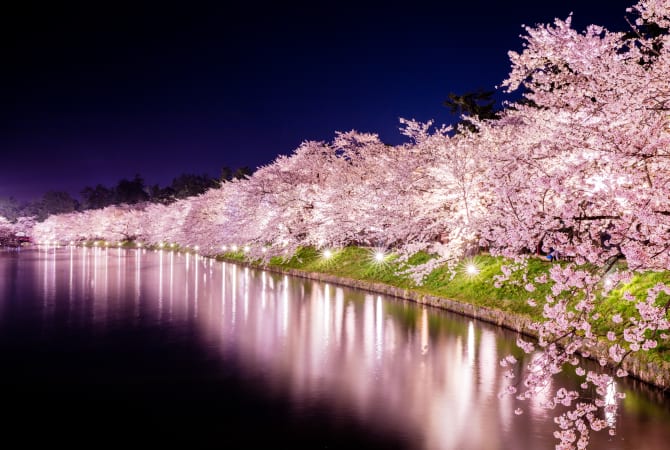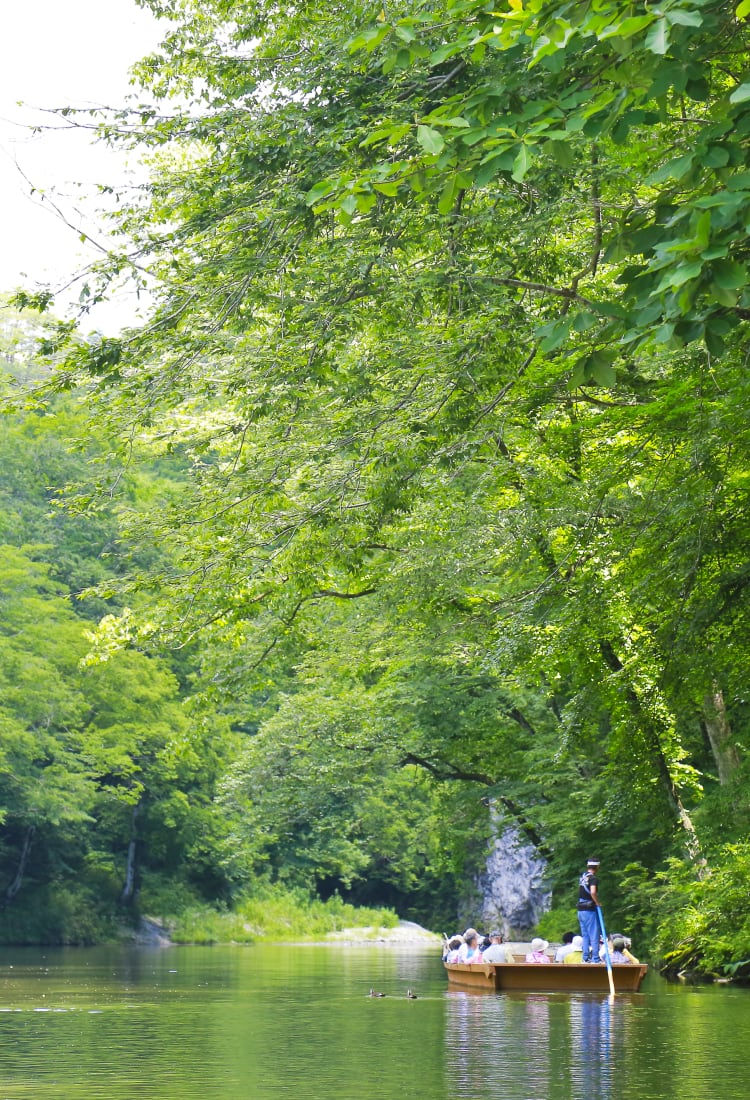

Tohoku Iwate Where rice fields meet World Heritage sites
With a rich cultural calendar, vibrant folklore, rugged landscapes and pride in its Tohoku roots, Iwate looms large
How to Get There
The JR Tohoku Shinkansen travels to Iwate each day from Tokyo, Sendai and Hakodate. You can also reach Iwate via local JR trains, highway bus and car. Iwate-Hanamaki Airport services domestic and international carriers.
Don’t Miss
- Visiting the Golden Pavilion at Chusonji and the other World Heritage sites in Hiraizumi
- Viewing the remains of the Hashino iron miring and smelting site, Japan's oldest Western blast furnace
- Relaxing at two of the nation's top hot spring areas—Hanamaki and Hachimantai
- Exploring the unique rock formations along the coast of Iwate, and Ryusendo cave in Iwaizumi
Explore Iwate by Area
Trending Attractions in Iwate
Local Specialties
-
Joboji Lacquerware
Joboji nuri has a modern and minimal look. Used in tableware and home decor, this light and durable monochromatic lacquerware is a perfect blend of practicality and beauty.

-
Jajamen
With its roots in China, jajamen is a minced meat and miso noodle dish not to be missed. The noodles are similar to udon, topped with cucumber, ginger, garlic and chili.

-
Abalone
Abalone are getting rarer, so in order to keep their numbers stable, only certain divers can legally harvest these shellfish in Japan. Served sliced and raw as sashimi, baked, or grilled as steak with soy sauce and butter, abalone is best paired with white wine or sake.

-
Wanko Soba
Eating wanko soba is like being in a low-key eating contest. Your personal server instantly refills your small bowl with warm soba noodles, exhorting you to go for one more until you put the lid on your bowl, signalling that you want to stop eating.

-
Morioka Reimen
Korean noodles with a soft, chewy texture, served in a refreshing cold soup with beef, cucumber, kimchi, egg and other ingredients. Cold noodles are the perfect dish to beat the summer heat.

-
Maezawa Beef
A finely marbled beef that boasts the country's highest rating of A5. Maezawa's pure waters, local grass and grains are the main reasons for the tenderness and sublime flavor of this meat.

-
Nambu Cast Iron
Since the 17th century, artisans in Nambu have forged elegant tools known for their rust-resistant quality, exceptional heat distribution and retention. Originally designed as tea ceremony utensils, these tools cast in classic black and even color can weather a lifetime of use.

Seasonal Highlights
-
Spring
Spring brings cherry blossoms, carp streamers, praying for fire prevention, rice paddy art, and a festival for both cows and horses.

-
Summer
Summer is for hikes up Mt. Iwate or "little Fuji," strolls along the coast, dances with demons, and exploding fireworks.

-
Autumn
Leaves turn, rice is harvested, and the Fujiwara Autumn Festival takes place.

-
Winter
Iwate's winter brings skiing and other winter pursuits, longevity dances, naked festivals, a soba-eating tournament and a snow festival.














